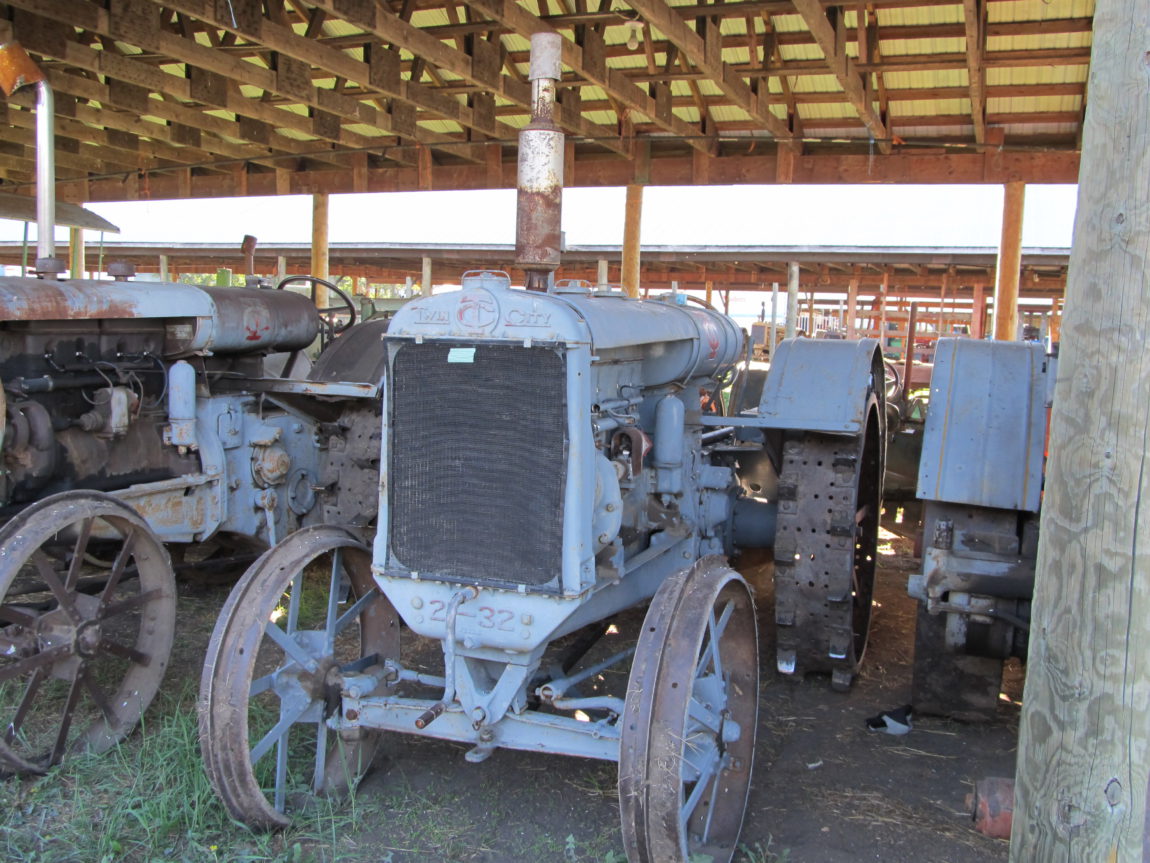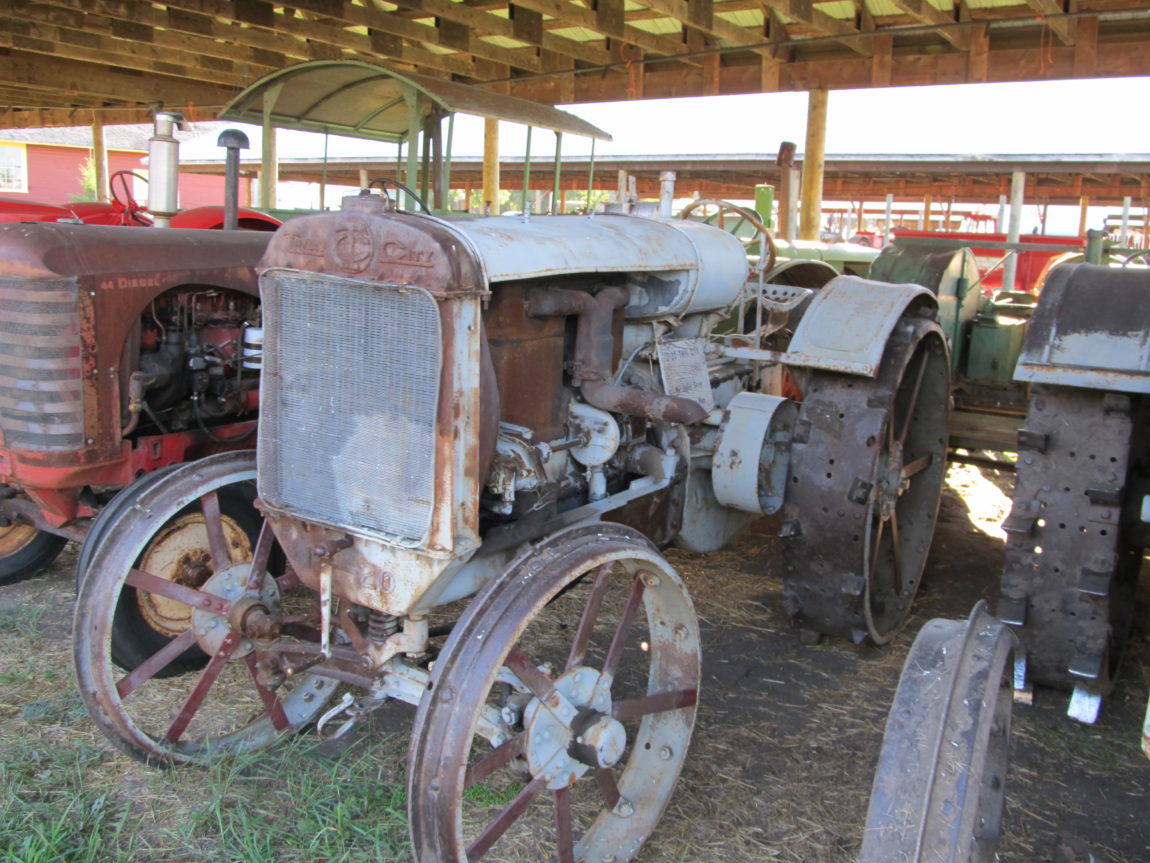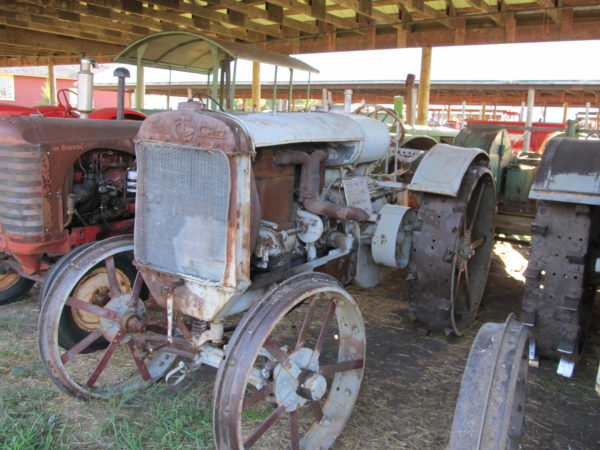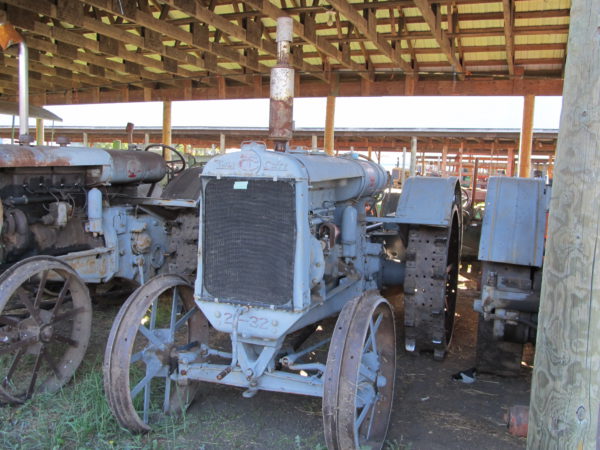
The Museum has two Minneapolis Steel & Machinery Company Twin City 21-32 tractors in the collection.
Minneapolis Moline Power Implement Company (MM) was formed in 1929 with the consolidation of the Minneapolis Threshing Machine Company, Moline Plow Company, and Minneapolis Steel & Machinery Company (MS&MC). The Twin City tractor line made by MS&MC since 1910 continued to be sold by MM through to 1938.
As Twin City tractors had earned a sound reputation and was recognized by farmers, MM retained the Twin City name and marketed tractors under this name for a period of time. In the early-mid-thirties, MM began to label the tractors as Minneapolis-Moline Twin City.
The Twin City 21-32 design enjoyed a long development period. Minneapolis Steel & Machinery Company (MS&MC) began work on the new engine design, the FE, in 1925. Cylinder head design had progressed significantly in the early 1920s and a two valve per cylinder design was possible that offered better flow than the 4 valve per cylinder design used in the 12-20 and 17-28 at a cheaper cost to manufacture. As well the design was changed to allow cylinders and heads to be cast in two pairs. This was felt to offer ease of repair.
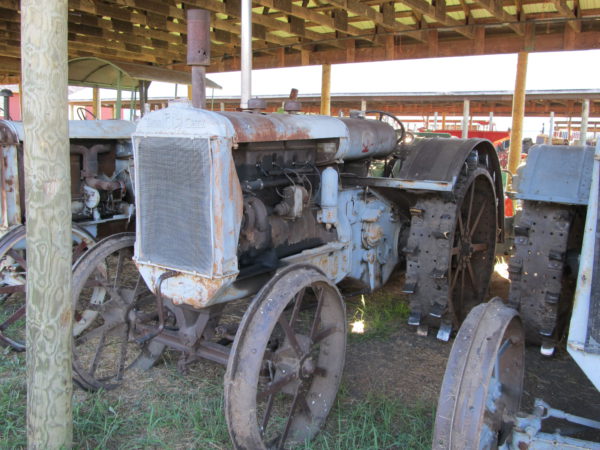
MS&MC installed the FE engine in chassis similar to that used by the 17-28 and called the result the 21-32 tractor. The 21-32 was fitted with a Zenith U-6 carburetor and a dry type Bennett air cleaner. 21-32 was rated at 31 horsepower on the drawbar and 36 horsepower on the belt. 302 21-32s were built between 1916 and 1928.
In 1928, a heavier final drive and transmission was developed that offered three forward speeds. In 1929, Minneapolis-Moline (M-M) replaced the 21-32 with the 21-32 FT which include the new 3 speed transmission. A Stromberg M-3 carburetor, a Donaldson dry type air cleaner and Bosch magneto were fitted to the FE engine.
In the 1930s the 21-32 design was further modified to become the FTA tractor.
Minneapolis Moline Power Implement Company (MM) was formed in 1929 with the consolidation of the Minneapolis Threshing Machine Company, Moline Plow Company, and Minneapolis Steel & Machinery Company (MS&MC). The Twin City tractor line made by MS&MC since 1910 continued to be sold by MM through to 1938.
As Twin City tractors had earned a sound reputation and was recognized by farmers, MM retained the Twin City name and marketed tractors under this name for a period of time. In the early-mid-thirties, MM began to label the tractors as Minneapolis-Moline Twin City.



